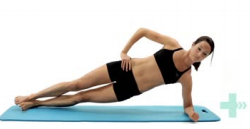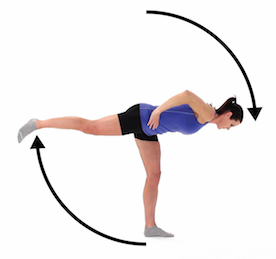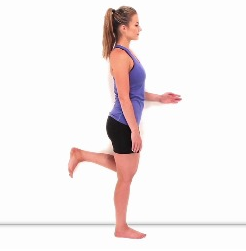Common Causes Of Aches And Pains For Runners
Our Physiotherapist Nathan recently attended a professional development course about the science of running injuries presented by Professor Brian Heiderscheit who is internationally regarded as a leading authority in the examination and treatment of running injuries.
Injuries are common amongst runners, with 65% experiencing at least one injury per year caused by their running. Common injuries include
- Hamstring injuries
- Knee pain
- Ankle injuries
- Plantar fasciitis
- No prior running experience – people who have not ran regularly before were 2 – 3 times more likely to be injured
- Rapid increase in training load
- Running more than 65km a week
- Previous injury
- Competitive training motive means you are more likely to ignore early symptoms
- Higher BMI
- Type of shoes worn
- Running surface
- Orthotic use
- High running volume was not associated with knee Osteoarthritis
Weakness in the core and the muscles at the hip is commonly thought to be a major reason why people sustain running injuries. This is because the muscles of your hip control movement at your pelvis and at your knee during running.
It is for this reason that a specific exercise program targeting the core and muscles of the hips is vital for both the rehabilitation of an existing running injury and the prevention of future injuries.
Your Physiotherapists at Essential Health Plus are experts in designing programs to suit your specific needs and to help improve your performance for running. Here is an example of core exercise program for runners that would be suitable for most people.
Depending on your initial level of fitness and core stability you may have to modify some of the positions.
As with all exercises if it is painful or you are struggling to do the exercise then sends a quick email on [email protected] or ring us on 9975 4906 to discuss how you can gradually increase your overall core stability and hip strength/endurance.
Core Exercises For Runners
Before you start each exercise gently engage your core muscles by lightly pulling your lower belly in towards your spine. This should still allow you to breathe into your lower ribs i.e. your lower belly should be able to move in and out.
 Plank
Plank
- Lie on your front with your toes on the floor
- Place your forearms on the floor and push up, lifting your torso and legs
- Hold a straight line from your shoulders to your feet for 15-20 seconds, preventing the back from sagging
- Keep your buttocks squeezed tight and your hips level. You will feel the core muscles working.
- Start with the knees on the ground if you have difficulty maintaining the start position and gradually reduce the support as you increase your strength.
 Side Plank
Side Plank
- This is much more challenging exercise and requires good stability around your shoulder as well as around your lateral core and hip stabilisers.
- Lie on your side, propping yourself up on your elbow which should be directly under your shoulder
- Keep your legs straight and stacked on top of one another
- Use your elbow and feet to push the body off the floor, and maintain a straight line from your head to your feet.
- Tighten your bottom muscles and breathe slowly and deeply
- Hold this position for 15-20 seconds, preventing the hips from sagging.
- Start with the knees is on the ground if you have difficulty maintaining the start position and gradually reduce the support as you increase your endurance and strength.
 Single Leg Deadlift
Single Leg Deadlift- Balancing on one leg, bend at your hips and slowly tilt your body forward while extending the other leg backward, then return to the starting position and repeat.
- Make sure to keep your back straight, and don’t let your knee collapse inward during the exercise.
- This is an advanced exercise and should only be attempted if you have good hamstring length as well as good core stability. It has been shown to be very good in reducing the incidence of hamstring strains if done slowly initially with good control throughout the movement

- Begin in a standing upright position with your side against a wall.
- Lift your foot closest to the wall off the ground with your knee bent, and rest your arm on the wall for balance. Gently push your bent knee into the wall, then relax and repeat.
- Make sure to keep your back straight during the exercise. Think of contracting the muscles in your buttocks as you push your leg into the wall
 Bird Dog
Bird Dog
- Start on your hands and knees, with your hands under your shoulders, and knees under your hips
- Engage your core by drawing your lower belly in gently
- Extend the opposite leg and the opposite arm simultaneously, making sure your maintain good control in your torso
- Do not allow your body or hips to rotate


Recent Comments